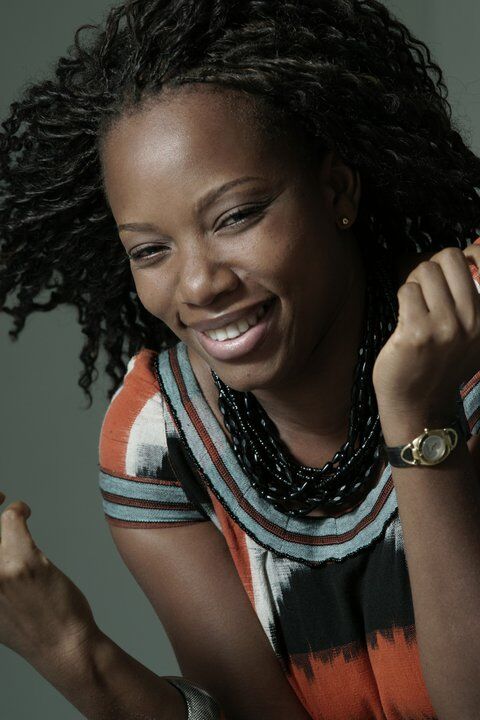If our love for fashion was the key driver in pushing growth, then the Cameroon fashion industry would be a million dollar business today. However, with a lack of structure, education and more so funding Cameroonian designers still forge on armed with a high dose of passion and creativity and bent on showing the world its potential.
From her Swiss location, Maison d’Afie creative director Sarah Divine Garba talks with Fashion Business Africa and sheds some light on her fashion brand and her life as a designer from Cameroon.
FBA: How did your fashion designing career begin?
SDG: It may not make sense to say this career kicked off from my childhood. I was the classroom doll dress maker as a kid. I drifted into accountancy in my later years but a quest for purpose and meaning to my life in 2009, led me back to my passion but this time as a designer.
FBA: How does your Cameroonian background influence your collections?
SDG: I inject my heritage into my work at every stage. At the research and development stage I draw inspirations from varied cultures. I have such a broad Cameroonian and Nigerian heritage myself which requires that I find intersections and build on these. I then work with home grown artisans who skilfully insert some novelty into my designs.
FBA: Your new collection MUTO is inspired by the 1950/60s, why is this particular era important to you as a woman making clothes for women?
SDG: My childhood evokes memories of vintage catalogues with Jean Patou images, Mme Gres, Jacques Fath (the “little prince of Paris Haute couture in the 1950’s) etc and for some reason these shapes always manage to infiltrate my design process. I’d like to think that this is part of the brand DNA as I am simply taking forward something for which my mother laid a foundation.
Also, the 50s and 60s were characterised by more and more women entering the labour market, and seeking new roles and responsibility. The strong and confident woman began to fully emerge, and it is within that context that I imagine the women wearing my garments.
I may in the future explore other forms but for now, I am quite happy bringing my past into my current work to keep me authentic.
FBA: From 2011 when you released your collection NYANGO BOA to 2014 when the MAMINYANGA collection was released, in which area(s) have you improved your craft?
SDG: Between 2011 and 2014 a lot happened in my personal life which forced me into hibernation; this gave me the time to mature as a person and as a designer and to study my client and her habits. It was important to me that I identify the values I share with the women I design for and how I could articulate these through my designs. I spent time developing a clear and realistic strategy for the brand and determining my footprint to these ladies
FBA: In your view, at what stage would you say the Cameroon fashion industry is right now?
SDG: We need to identify where our rightful place is to begin with. Although we have recorded some progress, we are still (in my opinion) at the very early stages of maturity with some work to be done before we begin to benefit from the focus on African development and to see an economic take-off in which fashion has its own part to play. The advantage we have is our diversity of cultures which naturally creates different artistic environments from which we can draw inspiration.
There is a strong ethnic socio-cultural movement at the moment which will hopefully be around a few more years. If we take advantage of this, I do not see why influential designers wouldn’t emerge out of Cameroon. Taking the time to study our varied cultures and examining how to interpret these with our designs would elevate our craft and bring the much needed visibility to ignite growth.
By Cynthia Tabe
Twitter: @ModeMaison PR | @Brownschuga
Instagram: modemaisonpr

